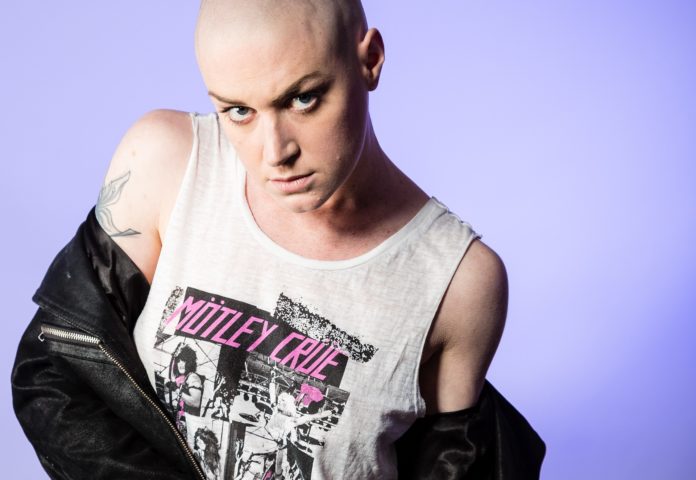
Hair loss, hair whitening and skin inflammation caused by a diet heavy in fat and cholesterol may be reversed, they say
Now, hope for those battling hair loss, greying.
In a series of experiments with mice, Johns Hopkins investigators have used an experimental compound to successfully reverse hair loss, hair whitening and skin inflammation linked to human diets heavy in fat and cholesterol.
The investigators say the compound halts the production of certain fats called glycosphingolipids, or GSLs, that are major components of skin and other cell membranes. Current research shows that mice fed a diet high in fat and cholesterol are more likely to have hair discoloration from black to gray to white, extensive hair loss and inflammation of skin exhibited by multiple wounds. Feeding these animals the compound, however, appears to reverse such symptoms.
The Hopkins investigators caution that such results in mice do not mean that the same effects would occur in people, and there is no evidence at this time that the compounds they used would be safe in people. But the findings, they say, do shed light on possible pathways for addressing hair loss and skin wounds in humans with oral or topical medications.
A report on the findings was published July 30 in Scientific Reports.
“Further research is needed, but our findings show promise for someday using the drug we developed for skin diseases such as psoriasis, and wounds resulting from diabetes or plastic surgery,” says Subroto Chatterjee professor of pediatrics and medicine at the Johns Hopkins University School of Medicine. Chatterjee conducts research as part of Johns Hopkins Children’s Center.
“Our findings show that a Western diet causes hair loss, hair whitening and skin inflammation in mice, and we believe a similar process occurs in men who lose hair and experience hair whitening “
More specifically, previous studies showed that GSLs are prevalent in the cells that make up the uppermost layer of the skin, as well as in cells called keratinocytes that help regulate pigmentation of the eyes, skin and hair.
The research team then looked at the skin of the mice’s under a microscope and found that mice eating the Western diet experienced an infiltration of neutrophils, a type of white blood cell implicated in inflammation, in various skin areas.
“Our findings show that a Western diet causes hair loss, hair whitening and skin inflammation in mice, and we believe a similar process occurs in men who lose hair and experience hair whitening when they eat a diet high in fat and cholesterol,” says Chatterjee.
More animal research needs to be done to confirm and expand on the findings, and to determine how well and what amount of D-PDMP might heal wounds and activate hair growth.
“Hopefully someday in the future this can mean faster, more effective recovery from baldness, hair whitening in aging populations and wound healing,” says Chatterjee.












